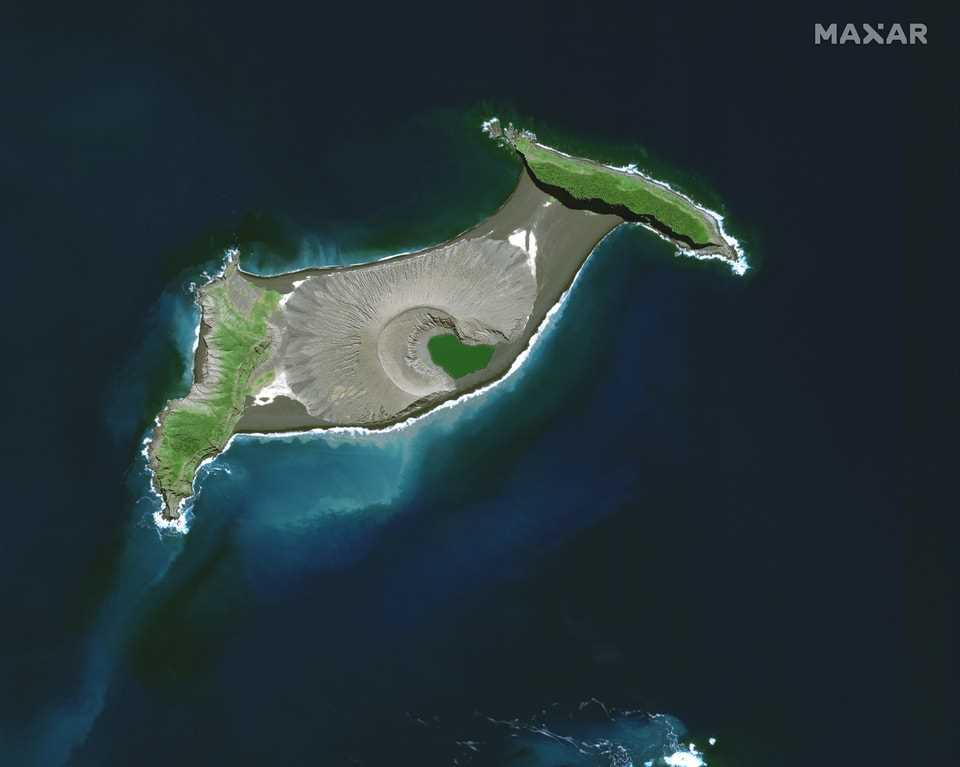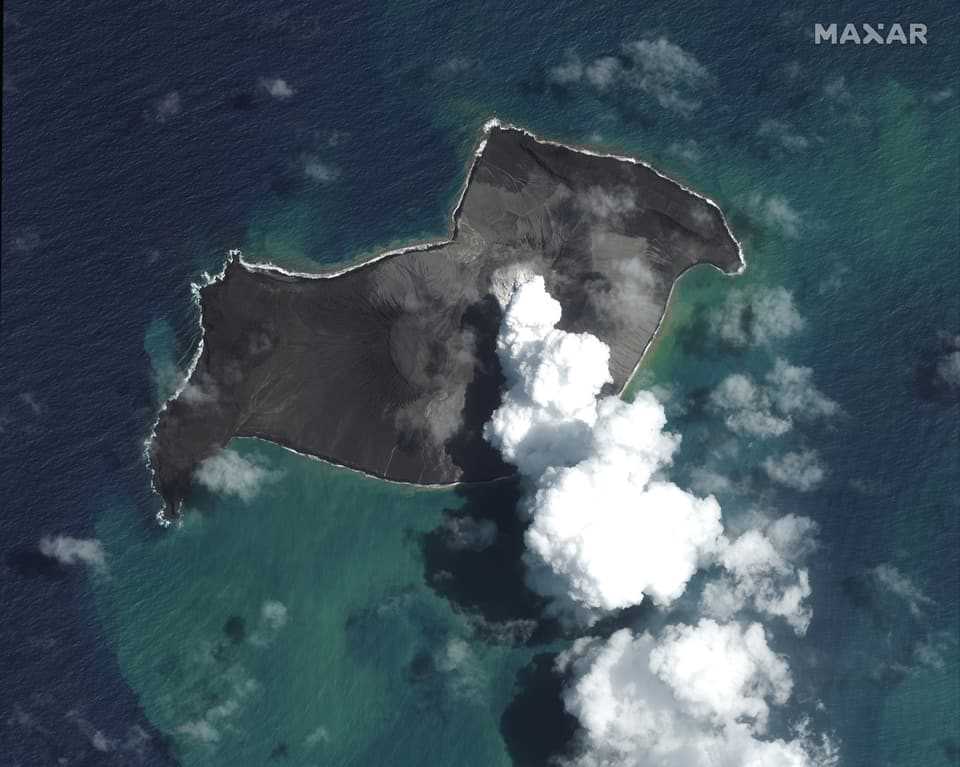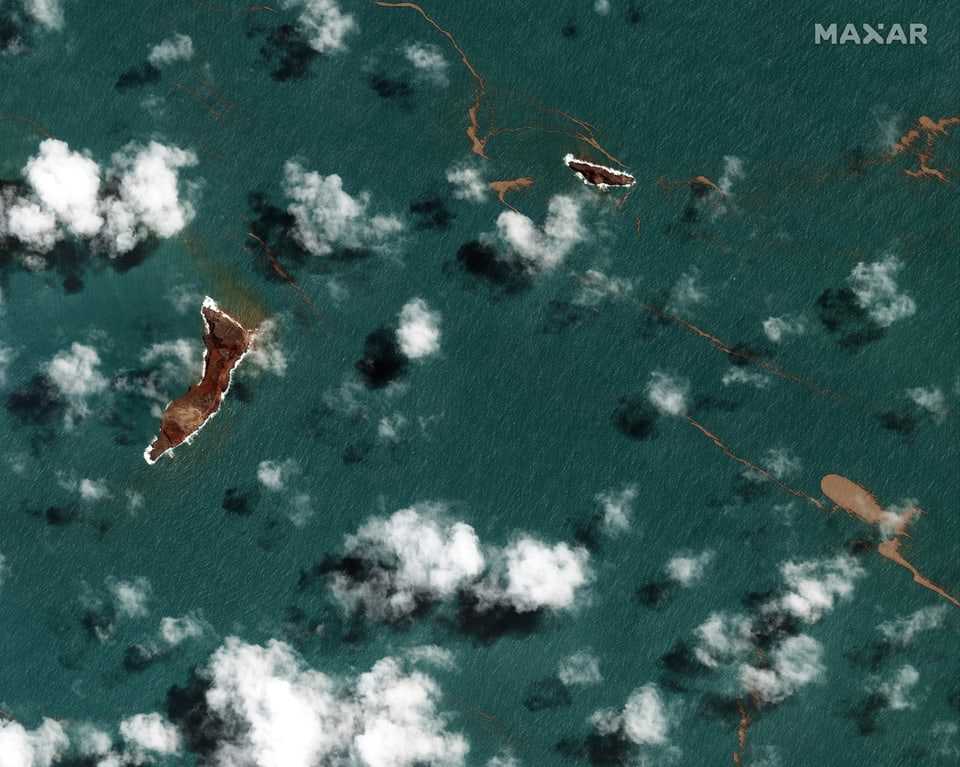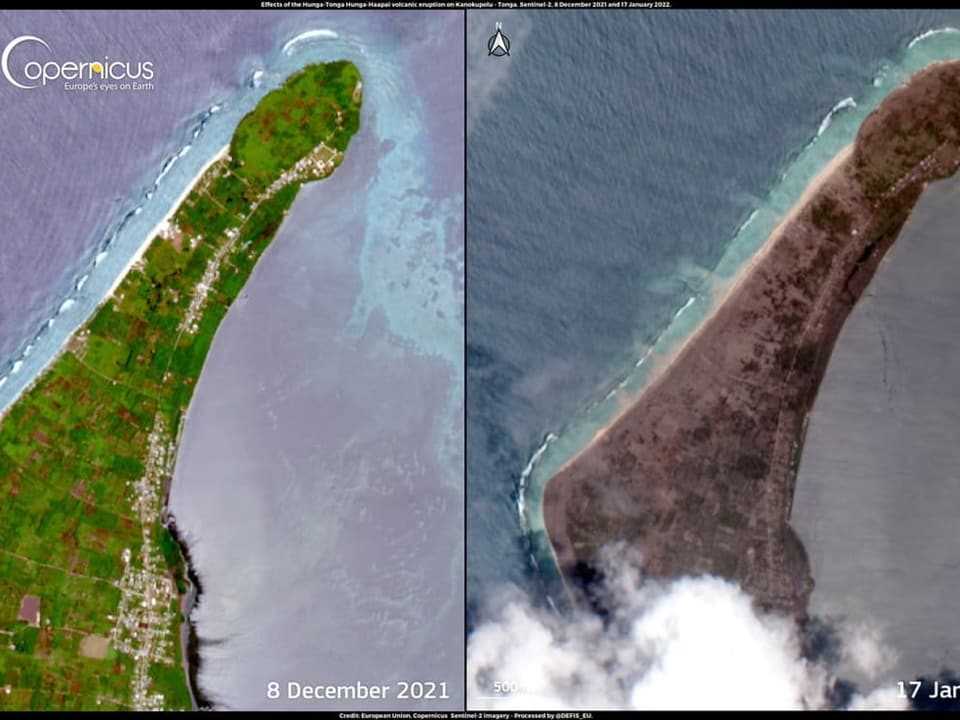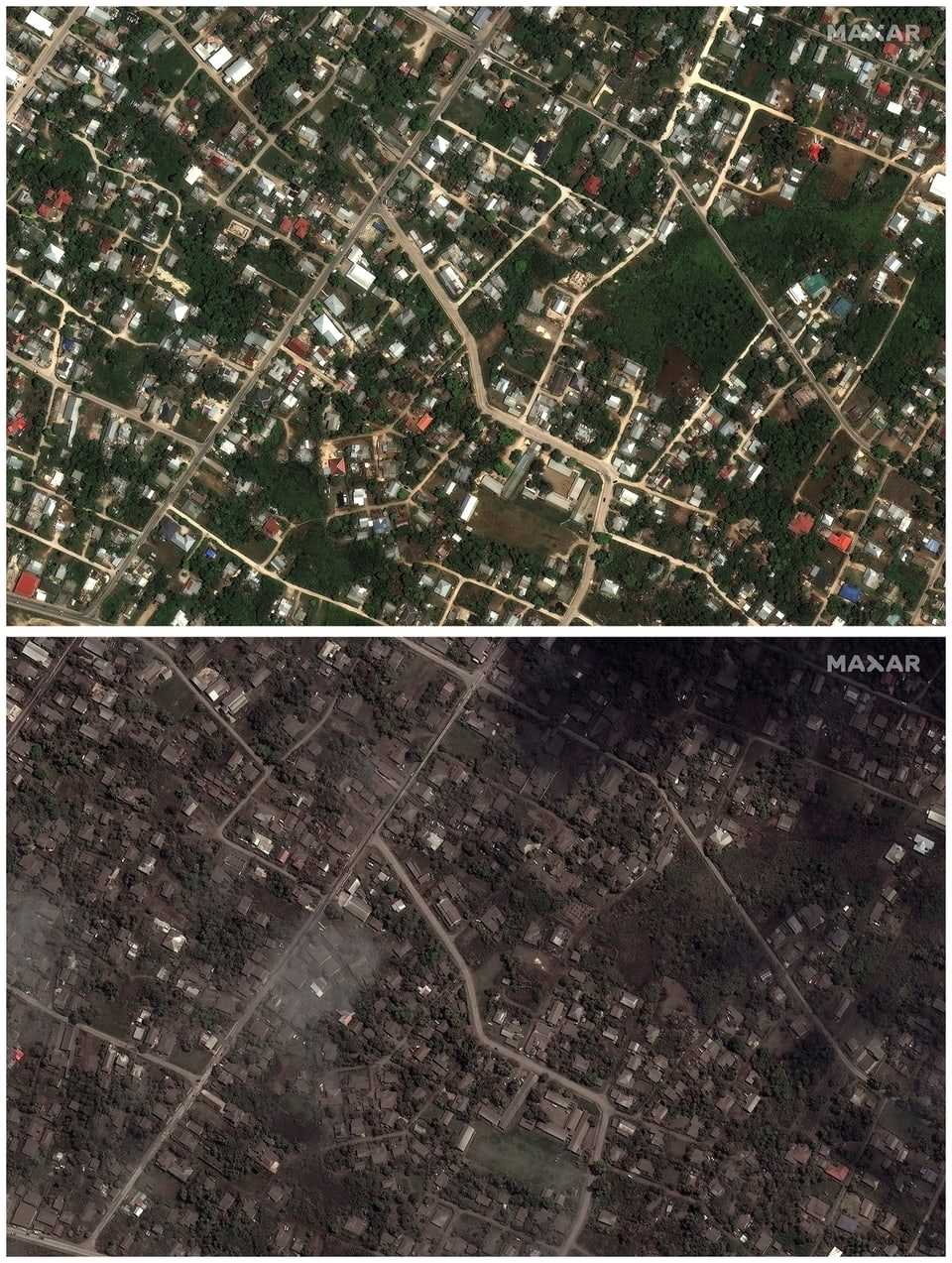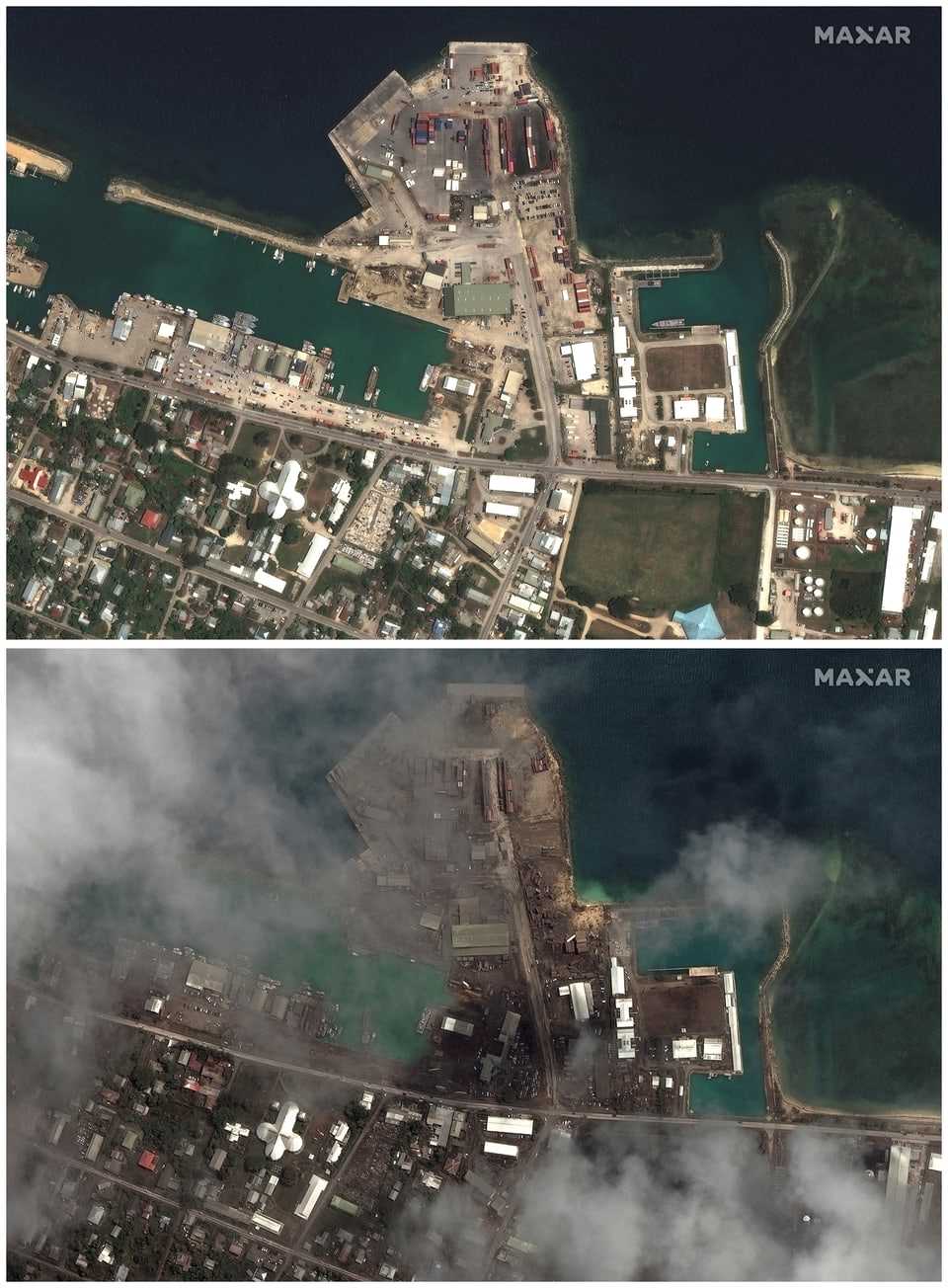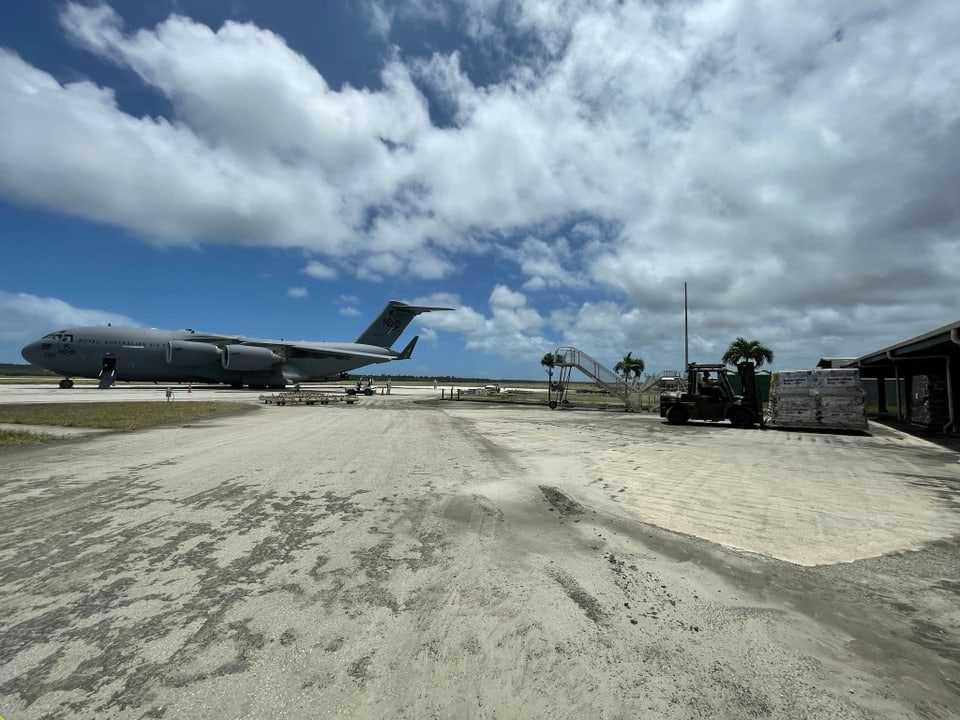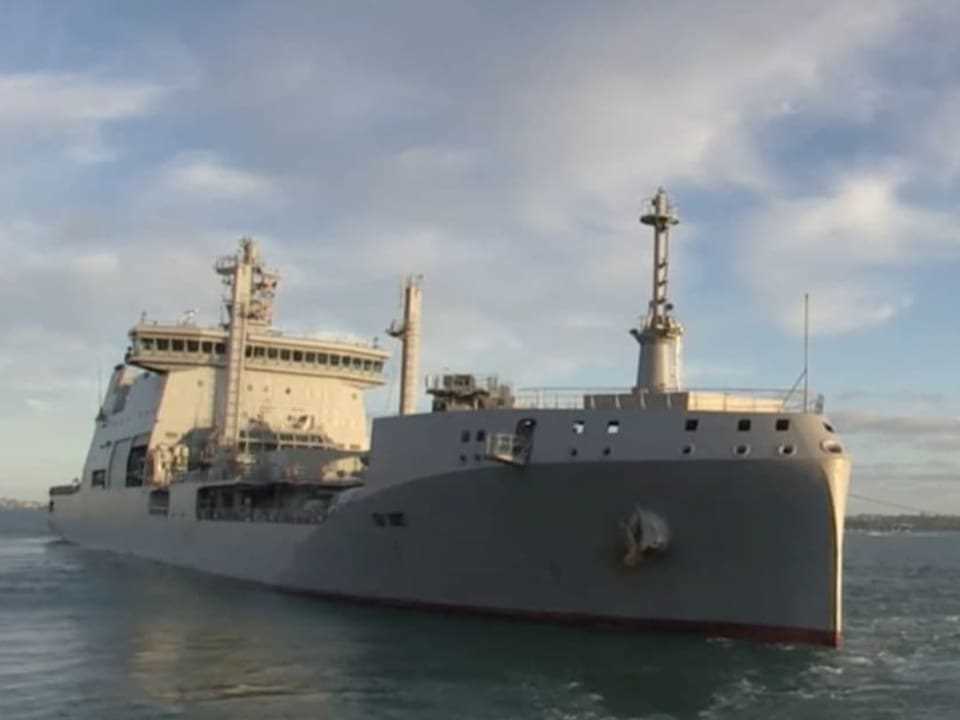The eruption of the submarine volcano Hunga-Tonga-Hunga-Ha’apai triggered a huge pressure wave and emitted huge amounts of sulfur dioxide. Felix Blumer from SRF Meteo knows what this eruption means for the climate.
SRF News: How violent were the pressure waves from the volcano?
Felix Blumer: The pressure waves spread out in a circle around the volcano at the speed of sound (around 1230 kilometers/hour). The motion of the blast wave over the Pacific Ocean was clearly visible on satellite images.
So the pressure wave needed a little more than 15 hours on its way from Tonga to Switzerland.
The pressure wave was also detected in Switzerland. At practically all weather stations in Switzerland, there was a pressure increase of around one hectopascal shortly before 9 p.m. and then a pressure drop of around two hectopascals. So the pressure wave needed a little more than 15 hours on its way from Tonga to Switzerland.
How did the pressure wave behave?
The first pressure wave reached Switzerland from the north. Around four hours later, the pressure wave hit her from the opposite direction, i.e. from the south. However, this was weaker. On Monday morning, the pressure wave could be registered again after another orbit around the earth, but weakened further. In addition to the pressure waves, infrasound waves could also be measured in Switzerland as long-wave sound waves.
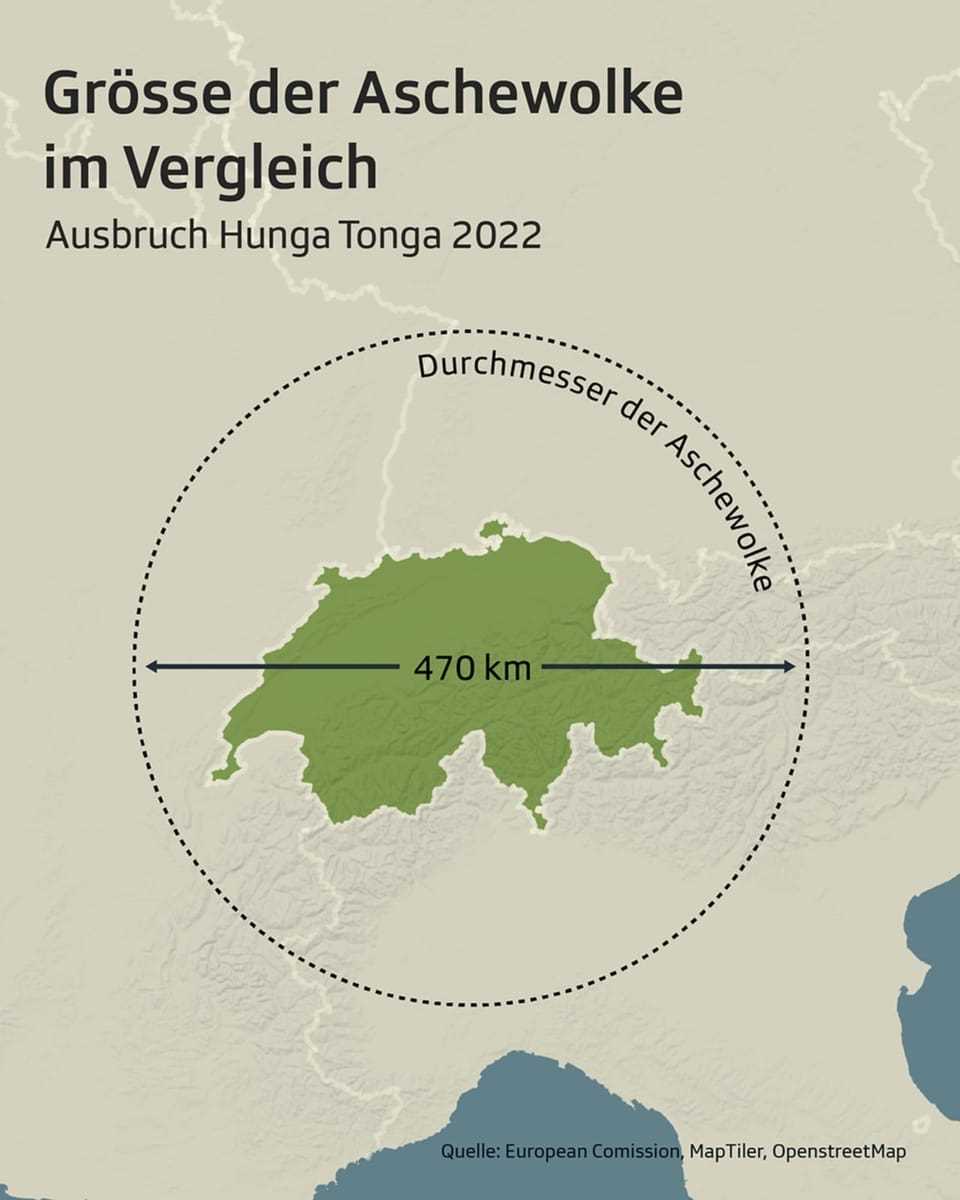
Legend:
SRF
Was there a temperature drop in Switzerland after the eruption?
No. No temperature change was observed in Switzerland.
The volcanic eruption and its consequences for Tonga
Will the Tonga eruption now cool the global climate?
During a volcanic eruption, among other things, sulfur or sulfur dioxide (SO2) is emitted. Sulfur dioxide acts in reverse like a greenhouse gas, for example CO2.
Significant cooling occurs only when the sulfur dioxide has reached the stratosphere.
It reflects the short-wave solar radiation back into space. This means that there is less radiation on the ground. Due to less radiation, glaciers and snowfields melt less, which also increases the cooling effect. However, significant cooling only occurs when the sulfur dioxide has reached the stratosphere, i.e. a height of more than 20 kilometers above ground. On the other hand, if the sulfur dioxide remains in the troposphere, it is quickly washed out and cannot stay in the atmosphere long enough.
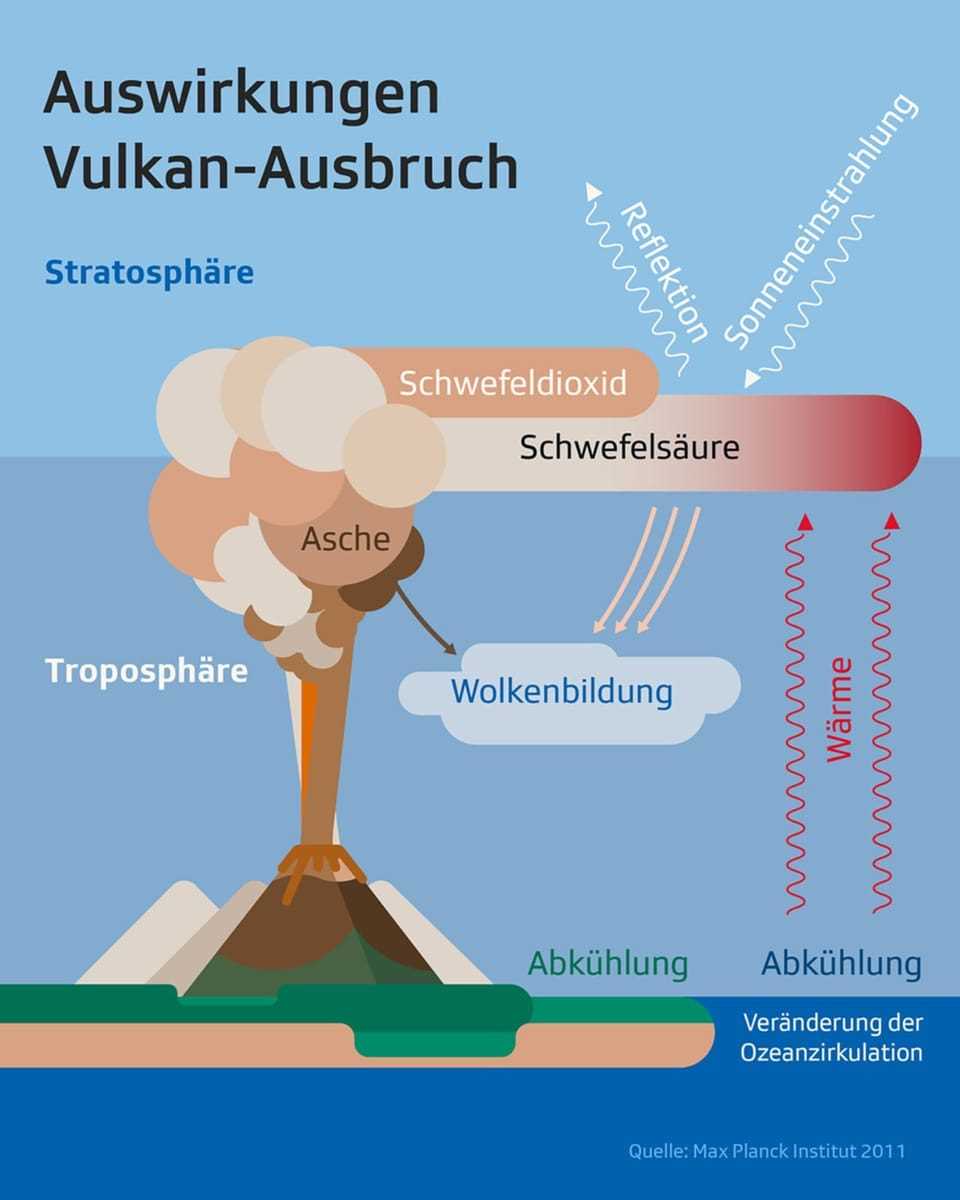
Legend:
SRF
What does that mean specifically for the Tonga outbreak?
According to initial estimates, around 100,000 tons of sulfur dioxide were emitted during the current eruption. For comparison: In the case of the Philippine volcano Pinatubo, around 17 million tons were said to have been ejected over many hours to a height of 34 kilometers in 1991. As a result, the global temperature fell by around half a degree in the following year. In the winter of 1992, half a year after the volcanic eruption, there was no blue sky to be seen on the alpine peaks. Even with a cloudless sky, the sunshine looked milky.
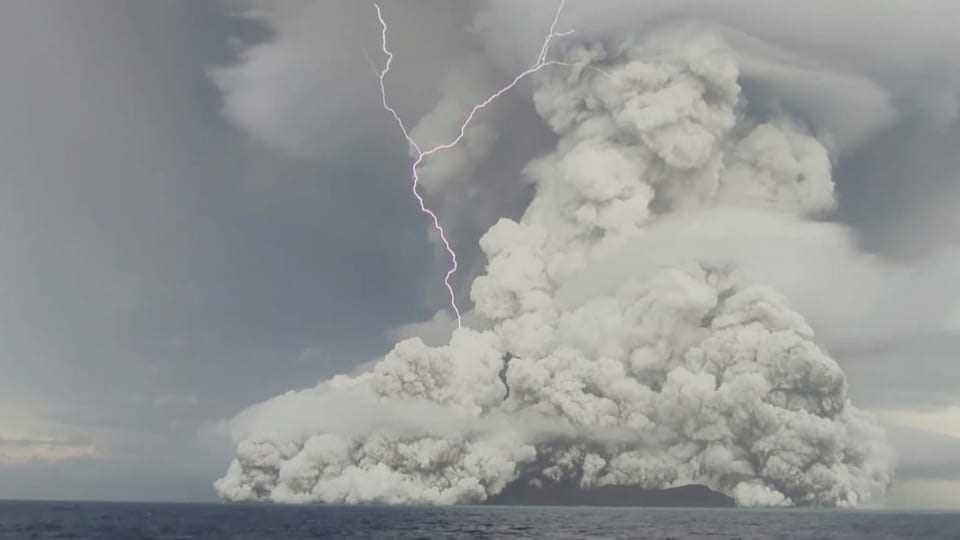
Legend:
According to initial estimates, the volcano threw around 100,000 tons of sulfur dioxide into the air. This ejected mass is probably not enough to cool the climate in the longer term.
Reuters
Why did the volcano drop less sulfur?
The eruption was probably too short.
Could there be a giant cloud over the world like the 1816 Tambora eruption?
Due to the rather modest discharge of sulfur dioxide, regional effects are likely to remain. The Icelandic volcano Eyjafjallajökull, which was of a similar magnitude, also had no global climate impact.
The conversation was conducted by Benedikt Widmer.
help is on the way

